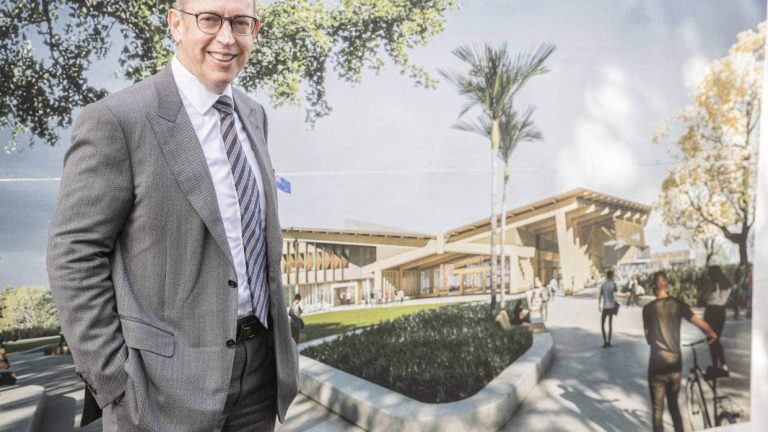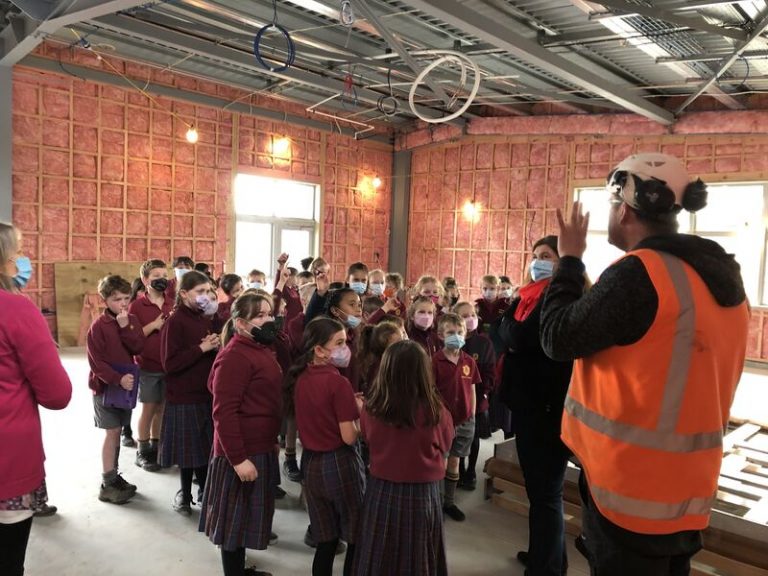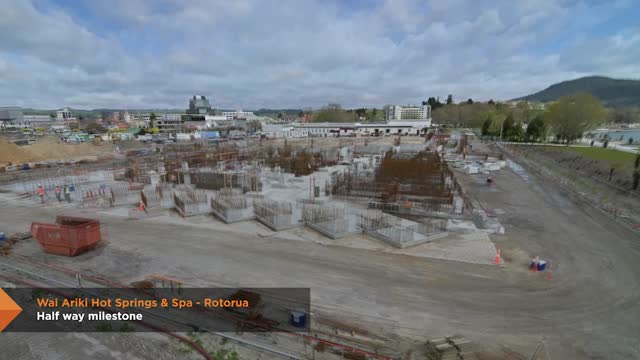Terry Buchan is construction company Hawkins’ general manager of major projects.
OPINION: New residential builds in Aotearoa New Zealand are beset by a “perfect storm” of issues: record demand, labour shortages, supply chain uncertainty, skyrocketing material costs.
Across the country builders and subcontactors are struggling to keep all the balls in the air, while homeowners wince as their timeframes and budgets blow out.
Solutions (like so many building materials) are in short supply. Over in commercial construction, the best practice models developed by industry leaders may be the way forward.
By asking your contractor and subbies to think and act more like a commercial construction enterprise you can navigate around and mitigate the worst effects of the “perfect storm” that will otherwise slow down and increase the cost of your new build.
The elephant in the (as yet unbuilt) room is risk. Or more correctly, who holds the risk? At Hawkins we have deliberately tendered to moved away from fixed price contracts where possible where traditionally the risk of rising prices is held by one party.
As a would-be homeowner, you may feel you’re “winning” with fixed price contracts. But the cost to you, and New Zealand, is unsustainably high. No one in the building business, whether a one-man-band or a multinational construction company, can afford to endlessly absorb rising costs. Businesses fail, demand outstrips supply and prices increase. The end result is fewer houses at higher prices.
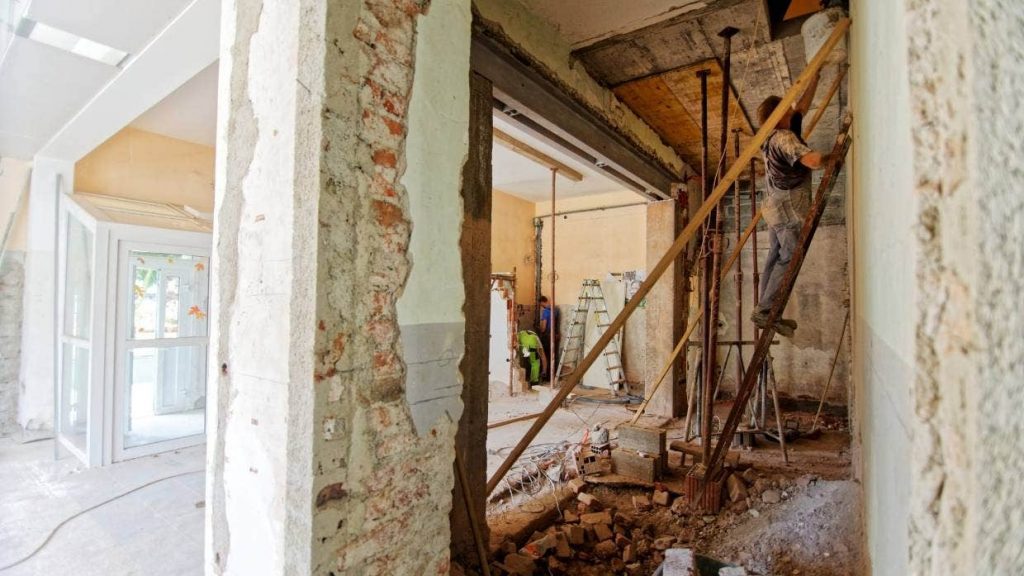
Hawkins has taken a different approach. Rather than trying to get better at calculating risk (crystal balls are hard to come by in the middle of a global pandemic) we are choosing models that more equitably share risk amongst the client, the main contractor and subcontractors.
Two stage tendering contracts with an agreed margin up front and fixed known preliminary and general details (P&G). Trades are then progressively awarded in line with design to minimise delays in pricing through procurement. This model allows early procurement of longer lead items and generates certainty in the market.
The second thing new home builders can take from Hawkins’ playbook is early contractor involvement (ECI). It’s easy to do within a two-stage tender contract and means you’ll be running your design and procurement in parallel while obtaining contractor and specialised trade input.
Without ECI homeowners are essentially picking from a catalogue with outdated pricing. Yes, you may be able to afford the cost of that Italian tile today, but how much will it cost in a month’s time when your contractor comes on board? How much will it cost when the tiler orders it once the framing is up? How much cost is added to the project when supply chain issues delay its arrival and everyone needs to down tools for weeks?

ECI helps all parties, from the architects and designers to the main contractor, the subbies and of course the client, better understand what the true costs of materials and lead times are upfront and to make better decisions accordingly.
ECI leads to better planning, better decision-making, fewer delays and lower costs – and not just for individuals. Preventable delays hit tradies in the pocket and make offers of consistent work further afield, more attractive.
At a time when our borders are closed and demand for new homes is at all-time record highs, we simply can’t afford to send our New Zealand trained tradies across the Tasman.
The other thing that New Zealanders may no longer be able to afford is bespoke design. Commercial construction has already moved closer to the European and North American model where you select from a narrower set of (still top quality) standard facades and finishings.
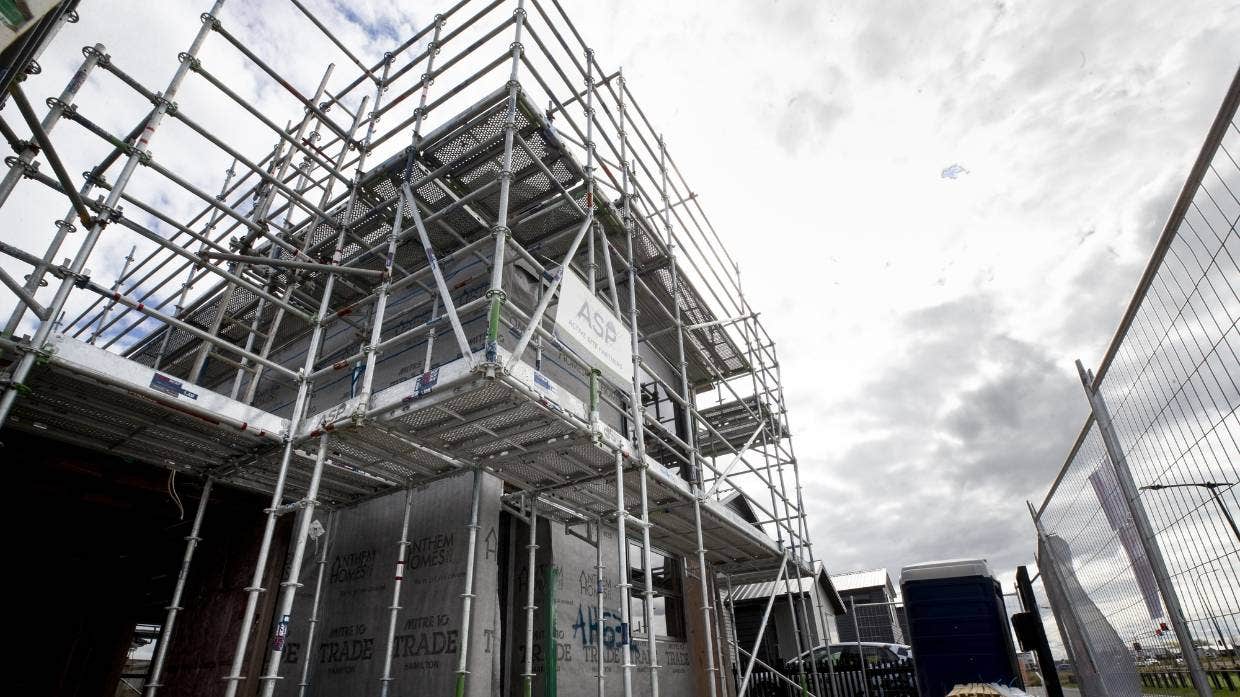
This doesn’t mean we need to live in homes that all look the same. Individual flair can be created where materials aren’t integral to structural design and weathertightness. But significant cost savings can be made because materials can be imported in bulk, ahead of time.
These are difficult times and many things will remain out of our collective control for some time to come. However by sharing risk more equitably, working more collaboratively from the get-go and standardising some aspects of design and materials, New Zealanders will be able to afford to keep building the new homes we so desperately need and want.







